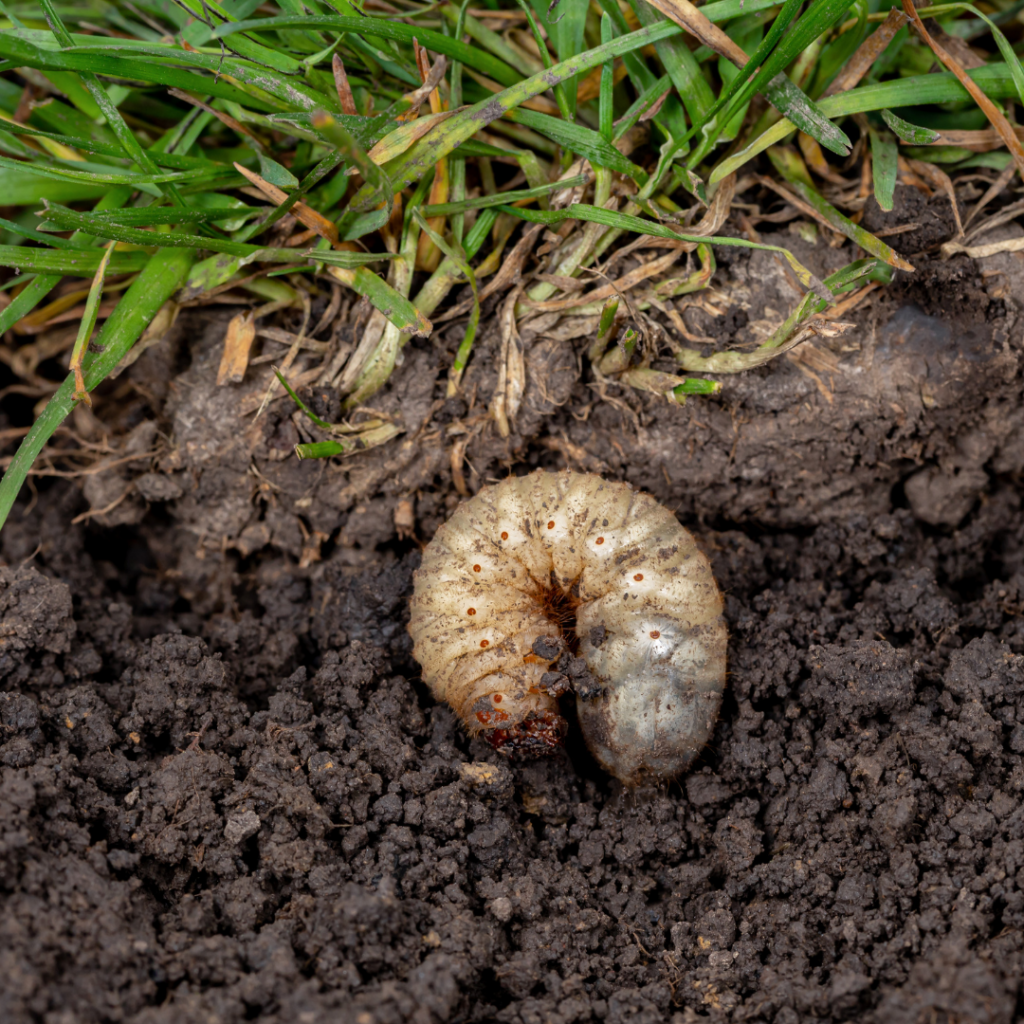
Have you ever heard the myth that earwigs crawl into your ears? While that is not true, that tall tale is how these critters got their colloquial name. Rest assured, earwigs will not lay eggs in your ear canal. It’s possible that because these insects are nocturnal, people assumed they come out at night to take advantage. Afterall, it probably would be easier to climb into somebody’s ear if they weren’t paying attention. However, earwigs are less of a threat to you and more of a threat to your plants.
Earwigs can be between a quarter inch to 2 inches in length, depending on species, and can be most easily identified by their abdominal pincers. There are about 2,000 species of earwig and they are found all throughout the world, which is perhaps another indicating factor in the ubiquity of the earwig myth.
The most common species of earwig in the U.S. is the Forficula auricularia, often appropriately referred to as the “common earwig.” This species is typically about half an inch long when fully grown. Common earwigs in colder climates will have one clutch of eggs, while our local southern branch of earwigs will usually have two clutches a year.
Earwigs like to hangout in generally inaccessible places, usually narrow, small spaces that are cool and dark. They are known to feed on both plants and insects, dead or alive. You may find them inside your potted plants, squirming around the undersides of the soil and roots. While earwigs do have wings, they are referred to as “skin wings” because they are tucked away and rarely used. If squished, earwigs release a distinct odor – but you may have figured that part out on your own already.
While earwigs are not biting insects, they can pinch. Luckily, their pincers are unlikely to break skin. That doesn’t mean it won’t be unpleasant to be pinched by an earwig, though. And while earwigs are not a direct threat to you in the same way a venomous insect is, they can be a warning sign that something worse than an earwig is nearby.
Earwigs spend a lot of time outside, even burrowing into the ground during winter months, if need be, but if you find them in your house it is recommended that you act immediately. Earwigs enter your home through cracks, holes, really any opening that is big enough for them. If, for example, you find yourself with an earwig problem all of a sudden, something has made a weak point in your home. In some instances, termite, carpenter ant, or rodent damage is what allows for an earwig infestation.
While seeking out the cause of any earwig problem, you could discover the more serious issue that needs to be addressed. Because of that, investigating any new pests that show up uninvited is very important. Turner Pest Control is here to help you with any concern you may have regarding pests in your home or business. We want to make sure you have all the help and resources you need to take back your space.


